
Mastering CHARINDEX in SQL server
This explains the CHARINDEX function in SQL Server. what it does, how to use it, and provides various examples. These examples help you understand how to work with CHARINDEX for tasks like searching within strings, combining text, and analyzing data in your SQL Server queries.
What is CHARINDEX?
CHARINDEX is a SQL Server function that assists you in locating the initial occurrence of a shorter string within a larger one. When you employ CHARINDEX prudently, you can be able to snug up the swiftness and precision of your queries.When do you need CHARINDEX?
- When you are in the mood to verify that information is up to your expectations.
- When you have to separate long strings into short pieces.
- Or when you are seeking specific patterns in text.
What is the mechanism of CHARINDEX?
Give
CHARINDEX a large string and a small one. It will give back the beginning of the small one within the big one.Hint: Consider the large string to be a complete word and the small one a shorter word.
CHARINDEX indicates the position in the long word where the short word is found.Syntax:
CHARINDEX( expressionToFind , expressionToSearch [ , start_location ] )
- expression To Find: The substring to search. It may be a character string, Unicode string, or string in binary.
- expression To Search: The string to be scanned. Such string can be character as well a Unicode string, a string or a binary string.
- start_location: (Optional) The character position in the expression To Search where you are desirous of the search beginning. In the event that you do not use this argument, the search will start at the beginning of expression To Search.
Examples
CHARINDEX assists you in locating a section of a string within a string.
CHARINDEX assists you in locating a section of a string within a string.Example 1: String search of a substring
- SELECT
CHARINDEX( 'world', 'Hello world!');
This query will give 7, since the substring world begins at position 7 in the string. 'Hello world!'.
Example 2: The start_location parameter is used.
- SELECT
CHARINDEX('o', 'Hello world!', 5);
This query will give an answer of 8, since the search of 'o' begins with the 5th position at the string of 'Hello' world!, and the second o is at the 8 th position.
Example 3: Sub String not found
- SELECT
CHARINDEX('universe', 'Hello world!');
The result of this query will be 0, since the substring universe does not exist in the string Hello world!. It is essential to know that a 0 value of the return type is used to mean that the substring cannot be found.
Advanced Cases and Use Cases
now we can take a glimpse at more complex examples and actual applications of
CHARINDEX .Example 4:Case Sensitivity
CHARINDEX is normally not case-sensitive, but case sensitivity can be enforced through selection of a collation that is case-sensitive.- SELECT
CHARINDEX('World', 'Hello world!'); Case-insensitive (default) - SELECT
CHARINDEX('world', 'hello world!'); COLLATE Latin1_General_CS_AS);
The initial query (no collation mentioned) will give 7 (the correct number can be different) depending on the default collation of your server, the second query (collation set to Latin1_General_CS_AS) will give 0 since it does not contain the word World( Latin uppercase W). So, hello world! (small w).
Example 5: CHARINDEX and a where clause
CHARINDEX can also be used in a WHERE clause to filter rows where the row contains a specific substring.- CREATE TABLE Employees
- (
- EmployeeID INT PRIMARY KEY,
- EmployeeName VARCHAR(255)
- )
- INSERT INTO Employees(EmployeeID,EmployeeName)
- VALUES
- (1,'JohnSmith'),
- (2,'AliceJohnson'),
- (3,'RobertWilliams'),
- (4,'JaneSmith')
- SELECT* FROM Employees
- WHERE
CHARINDEX('Smith',EmployeeName)>0
All the employees whose name is having the sub-string Smith will be returned when provided with this query.
Example 6: Identification of repetition
CHARINDEX only gives back the first position of the first instance of the substring. To find you can use either cursive approach or a loop (depends on your SQL Server) in all the occurrences. version and requirements). It is here with a conceptual illustration of a loop(which may require) adaptation according to your environment of SQL (in your case).
- DECLARE @string VARCHAR(255)='This is a test string with test words.';
- DECLARE @substring VARCHAR(50)='test';
- DECLARE @position INT=1;
- DECLARE @found INT;
- WHILE1=1
- BEGIN
- SET @found=CHARINDEX(@substring,@string,@position);
- IF @found=0
- BREAK;
- PRINT' Found at position:'+CAST(@found AS VARCHAR(10));
- SET @position=@found+1;
- END
This example uses recursive trial and error in trying to find the substring test and prints the location of each of the occurrence. Remember that looping in SQL Server breaks performance, particularly when working with big sets. Use some other methods such as CLR functions or the methods of splitting strings in order to implement more effective solutions.


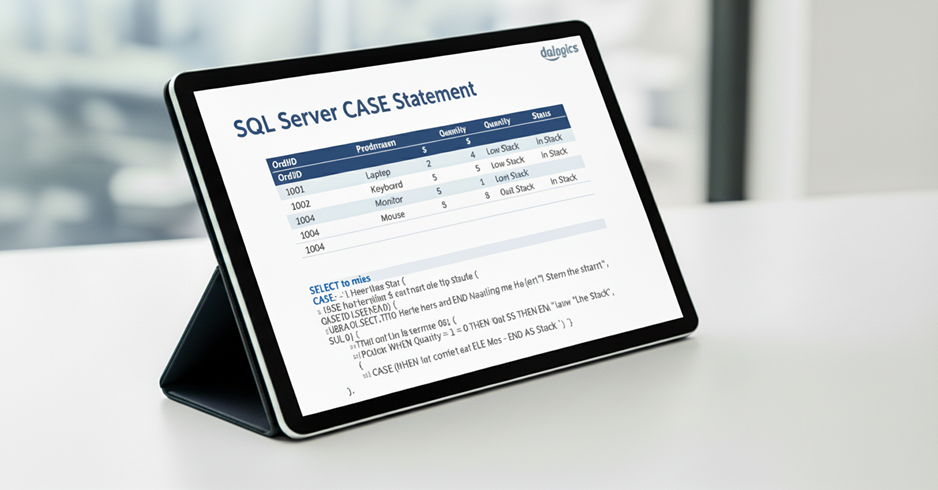
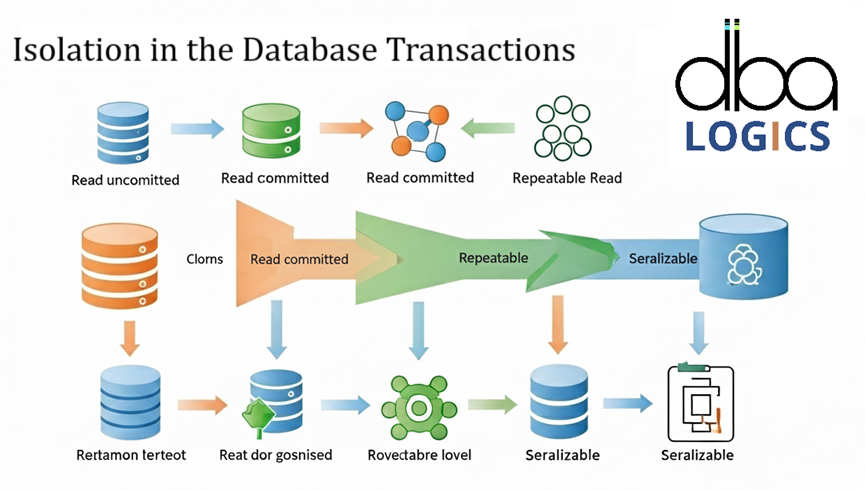
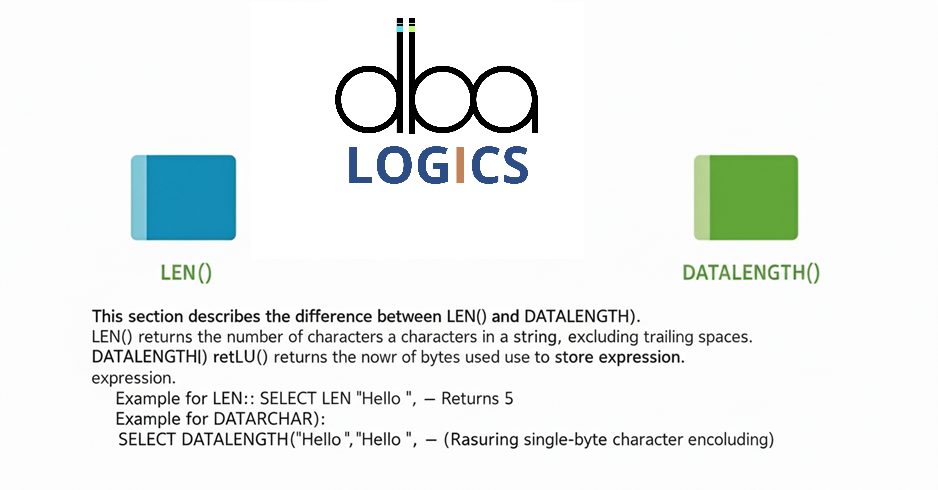
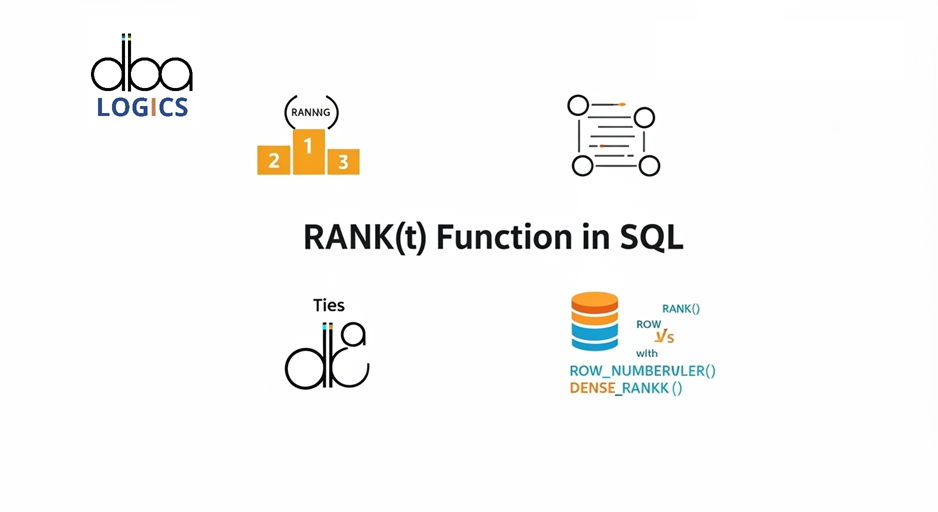
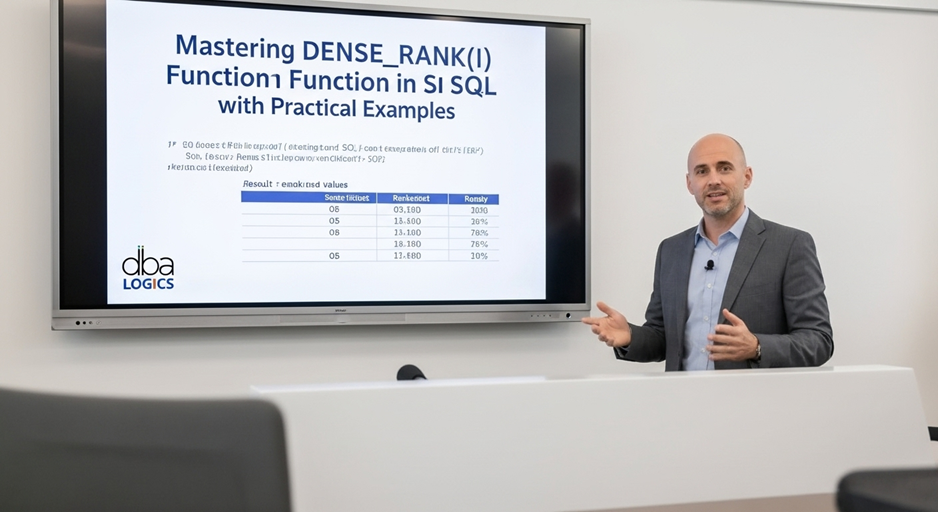

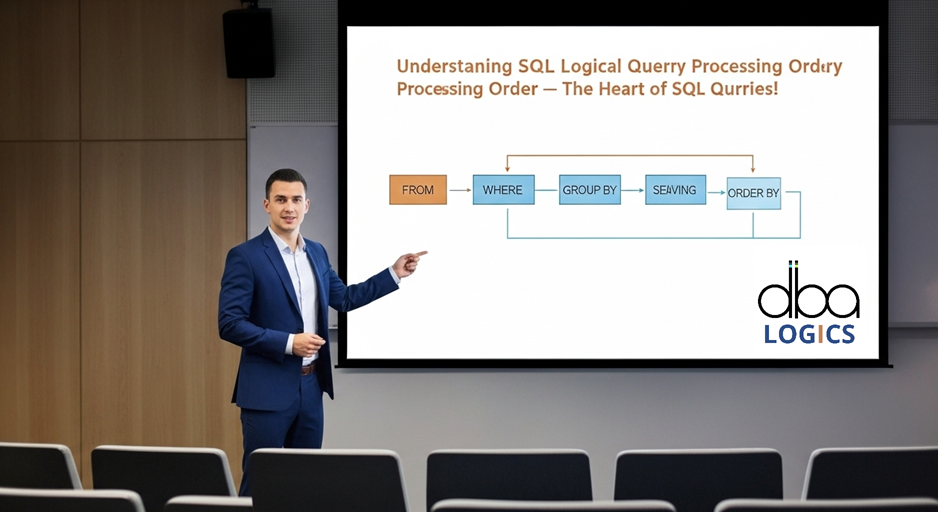


Post Comment
Your email address will not be published. Required fields are marked *